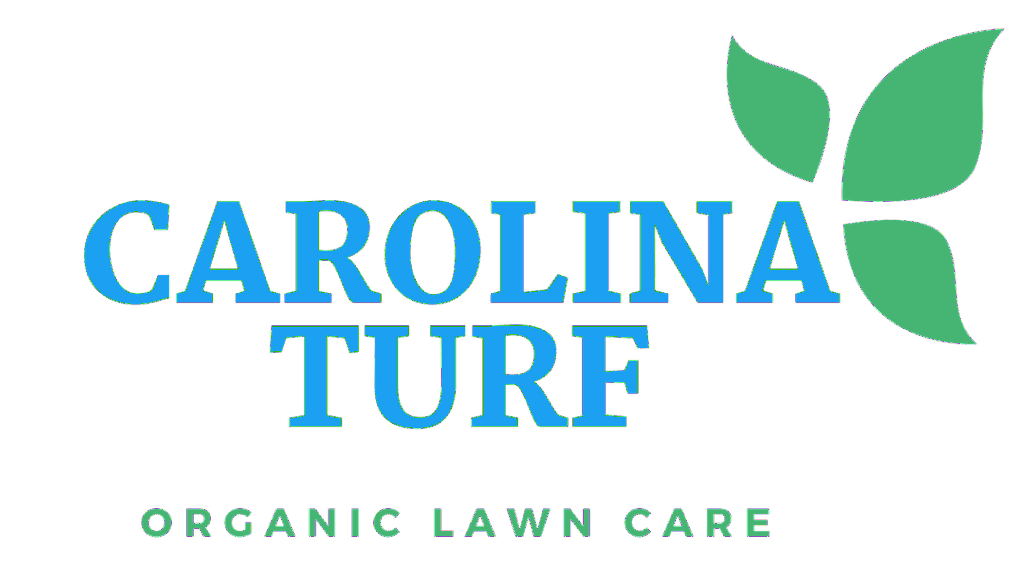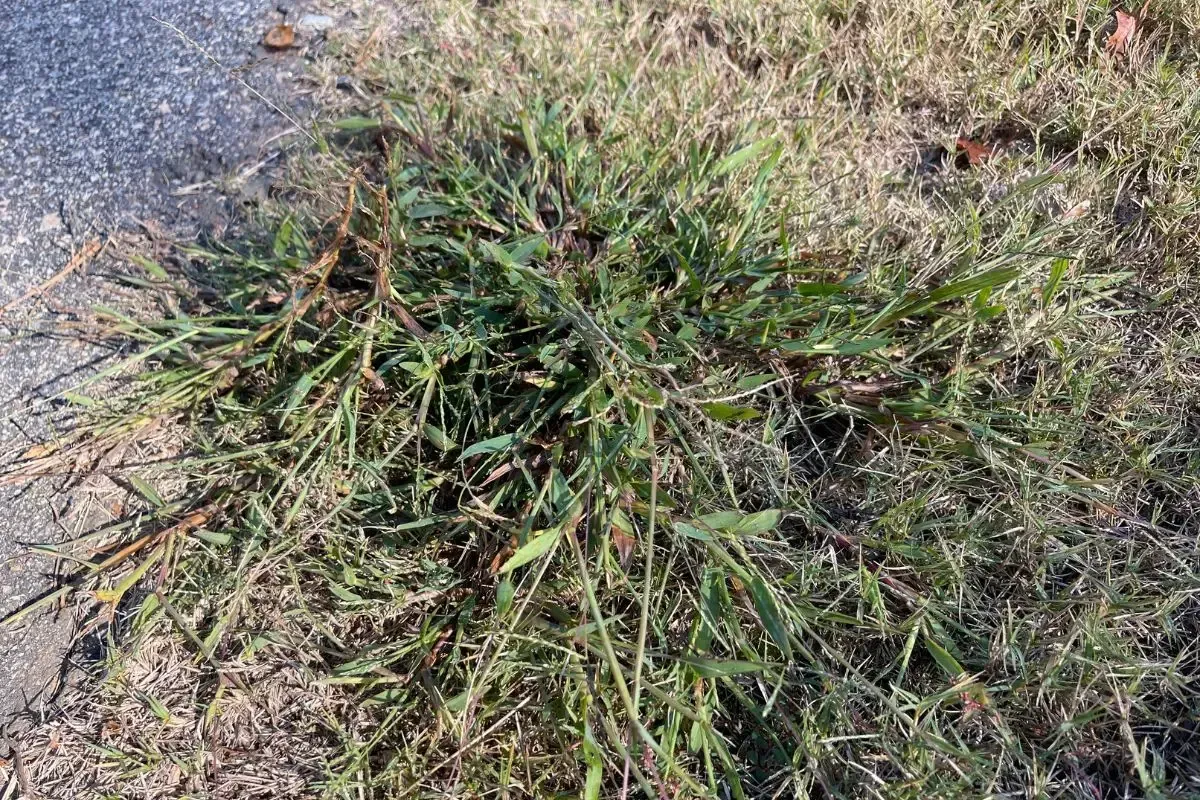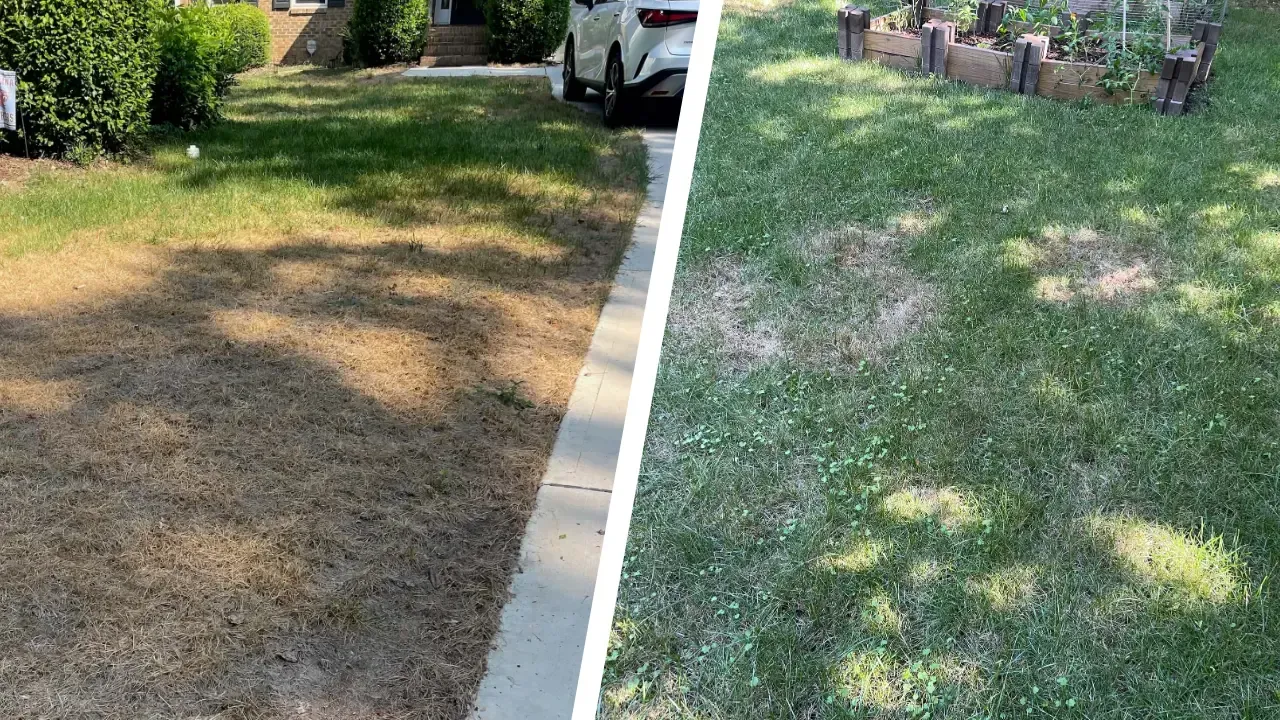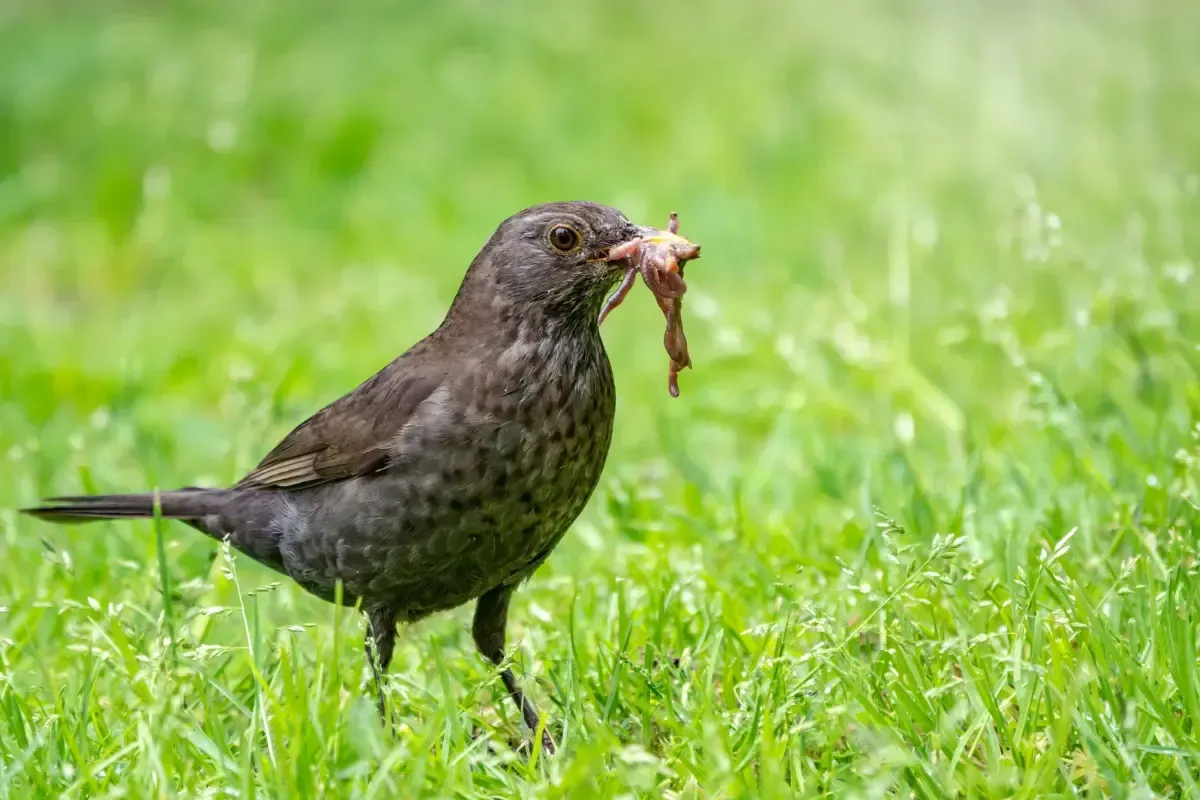MAHA Report Reveals Harmful Effects of Pesticides on Humans
The government finally admitted what a lot of us have been saying for years. Pesticides are everywhere, and they’re doing more harm than good, especially to kids.

The new MAHA Report: Make Our Children Healthy Again from the White House lays out a disturbing picture of chemical exposure in America, and pesticides take center stage.
While we didn’t need a 70-page federal report to know these chemicals don’t belong in your food, or your lawn for that matter, now that it’s in black and white, people are paying attention.
What the Report Says: A Chemical Load Our Kids Can’t Handle
The MAHA assessment makes it painfully clear: our children are carrying a chemical burden their bodies were never built to handle. Over 40,000 synthetic chemicals are registered for use in the U.S., and many of them are showing up in the blood and urine of children and pregnant women.
The FDA just recently (thanks to the Make America Healthy Again movement) revoked the authorization of using the food coloring Red No. 3 in food and ingested drugs. They had already banned it from being used in cosmetics back in 1990, but for some unexplainable reason, this cancer-causing dye was still allowed in food for 35 more years. Someone, please explain that logic to me.
And while the EPA continues to say all of these 40,000 chemicals are “safe when used as directed,” the MAHA report points out what anyone with common sense already suspects: kids aren’t lab rats. They’re not exposed to one chemical at a time in neat little doses. They’re getting a daily cocktail of pesticide residues from food, household products, and lawn maintenance in their neighborhoods and parks.
The report even goes a step further, acknowledging that our current risk assessments are outdated. They don’t consider how chemicals interact with one another or how they build up in small bodies over time.
What Pesticides Are Doing Inside the Body
The MAHA report highlights four major areas of concern when it comes to pesticide exposure:
- Hormone Disruption
Many pesticides are classified as endocrine-disrupting chemicals (EDCs), meaning they interfere with hormone systems. These chemicals can mimic or block natural hormones like estrogen and testosterone, throwing off the body’s delicate chemical balance. That can lead to early puberty, reproductive issues, metabolic problems, and even thyroid dysfunction later in life. Children are particularly vulnerable because their endocrine systems are still developing. - Neurodevelopmental Problems
Several pesticides, especially those in the organophosphate and neonicotinoid families, have been linked to cognitive and behavioral issues in children. We’re talking lower IQ scores, ADHD-like symptoms, learning disabilities, and developmental delays. Exposure during pregnancy and early childhood is especially risky because it can interfere with brain development at critical stages. - Autoimmune Disease
Pesticides can also affect immune function. The report references growing evidence that chemical exposure may trigger or worsen autoimmune conditions, like celiac disease, inflammatory bowel disease, and juvenile arthritis. When the immune system is constantly being irritated by environmental toxins, it can become dysregulated—attacking the body instead of protecting it. - Increased Cancer Risk
This one’s been known for a while. Certain pesticides are classified as probable or known carcinogens, including 2,4-D (still commonly used in lawn care) and glyphosate. Long-term exposure, even in small amounts, has been associated with increased risk of leukemia, lymphoma, and other childhood cancers. The MAHA report doesn’t dance around it: childhood cancer rates have risen over 40% since 1975, and chemical exposure is likely playing a role.
Why Lawn Pesticides Are a Big Piece of the Puzzle
The report repeatedly calls out the cumulative chemical load they’re exposed to through food, water, air, soil, household products, and lawn and crop treatments.
Pesticides don’t stay put. Lawn chemicals don’t disappear after the label says it’s “safe to re-enter.” They drift, linger, and accumulate. One study cited in the report found neonicotinoid insecticides—commonly used on residential lawns—in the bodies of people across the U.S., including children. These are the same chemicals linked to bee colony collapse. If they’re wrecking pollinators, imagine what they’re doing to a five-year-old’s nervous system.
Who Is Actually Protecting Us from the Harmful Effects of Pesticides on Humans?
If you read our older post,
The Environmental Protection Agency is Evidently Corrupt, you already know the dirty secret: the same people approving these chemicals often end up working for the companies that make them.
The MAHA report confirms it. The chemical industry spent $77 million on federal lobbying last year, and most of their lobbyists used to work in government. Over 10,000 chemicals are still classified as confidential. The public doesn’t even get to know what they are.
So when the EPA gives the green light to a new lawn treatment, ask yourself: Who’s really benefiting?
What’s Next? The Administration’s Promises
The good news is, the tide might finally be turning. According to the MAHA report, the current administration plans to overhaul how pesticides are evaluated. That includes:
- Publicly disclosing more chemical safety data
- Accounting for cumulative and synergistic effects (real-world exposure, not just isolated lab tests)
- Prioritizing children’s vulnerability in risk assessments
- Reducing corporate influence over regulators
If those changes actually happen, we could see tougher restrictions, or even bans, on the most harmful pesticides. It won’t happen overnight. But at least the conversation has shifted from “Are pesticides dangerous?” to “Why are we still using them?”
What You Can Do in the Meantime to Protect Your Health
Policy takes time. But you don’t have to wait for D.C. to protect your family. You can make the switch now. Besides eating organic foods, here’s how to protecto yourself:
- Ditch the toxic sprays. Weed killers like 2,4-D, glyphosate, and atrazine have been linked to everything from cancer to endocrine disruption. Don’t buy them. Don’t let anyone spray them on your property, your neighborhood, or your town’s parks and public areas.
- Hire lawn care providers who use organic products. If they won’t tell you what’s in their mix, walk away.
- Grow healthier turf. A strong, living lawn naturally resists weeds without needing a chemical crutch. That’s what we do at Carolina Turf, build up soil health so your lawn can thrive, the natural way.
- Talk to your neighbors. Most people don’t know what’s in the stuff they’re using. Share what you’ve learned.
We’ve reached a turning point. Avoiding pesticides isn’t just a personal choice anymore, but a public health issue. It’s time for a change.











